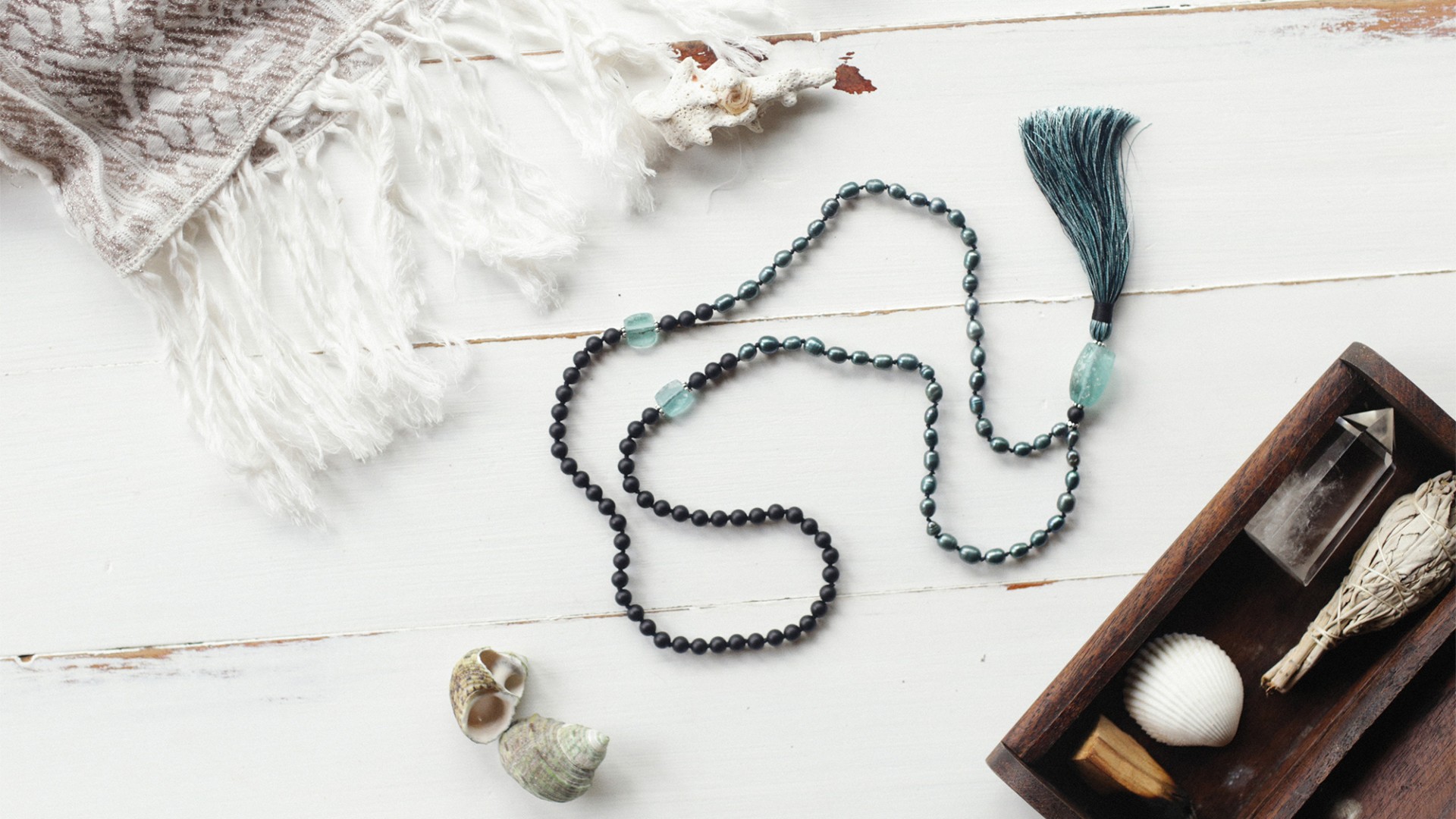
Test driving your pearls
To put your pearls to the test, you have two options. You can either have them sent to a lab for x-rays, or trust the foolhardy instincts of your front tooth. When rubbed against teeth, natural pearls feel a bit gritty, while cultured pearls are more perfect and are therefore smoother.
How cultured pearls are honed
Pearls are formed when an alien matter enters an oyster. The folds of the oyster?s meat will then try to calcify the ?intruder? to protect its self from any imperfections. Natural pearl formation takes years. The cultured pearls, on the other hand, which make up a vast majority of your wholesale freshwater pearls, are ?initiated? by human effort. Pearl farmers insert ?beads? onto farm oysters so they can form pearls. However, because of the shape of the initial beads, the finish of cultured pearls is smoother. While they don?t lack luster and shine compared to natural pearls, they are more abundant and therefore a lot cheaper.
Deciphering cultured from synthetic
To make sure that the strands you are purchasing are not synthetic beads made from glass or plastic, have the dealer ?slice? off a pearl bead with a knife. If it?s synthetic pearl, the paint should wear off and reveal the glass or plastic core. If the pearl bead is cultured, the debris should look like white or gray powder.
The article is contributed by a professional content writer, having experiences of working in different industries. For further information on wholesale freshwater pearls and Freshwater pearls please visit

